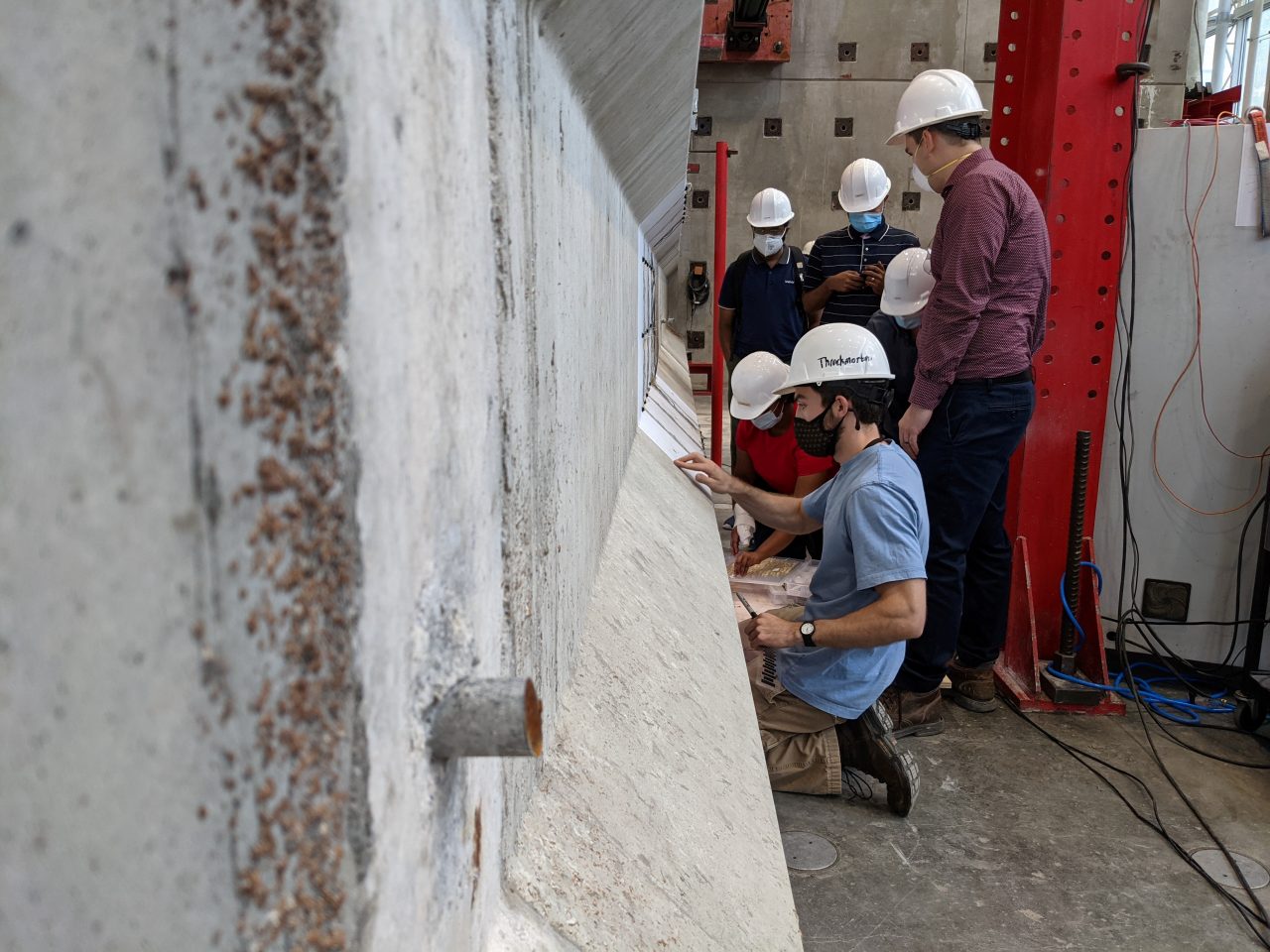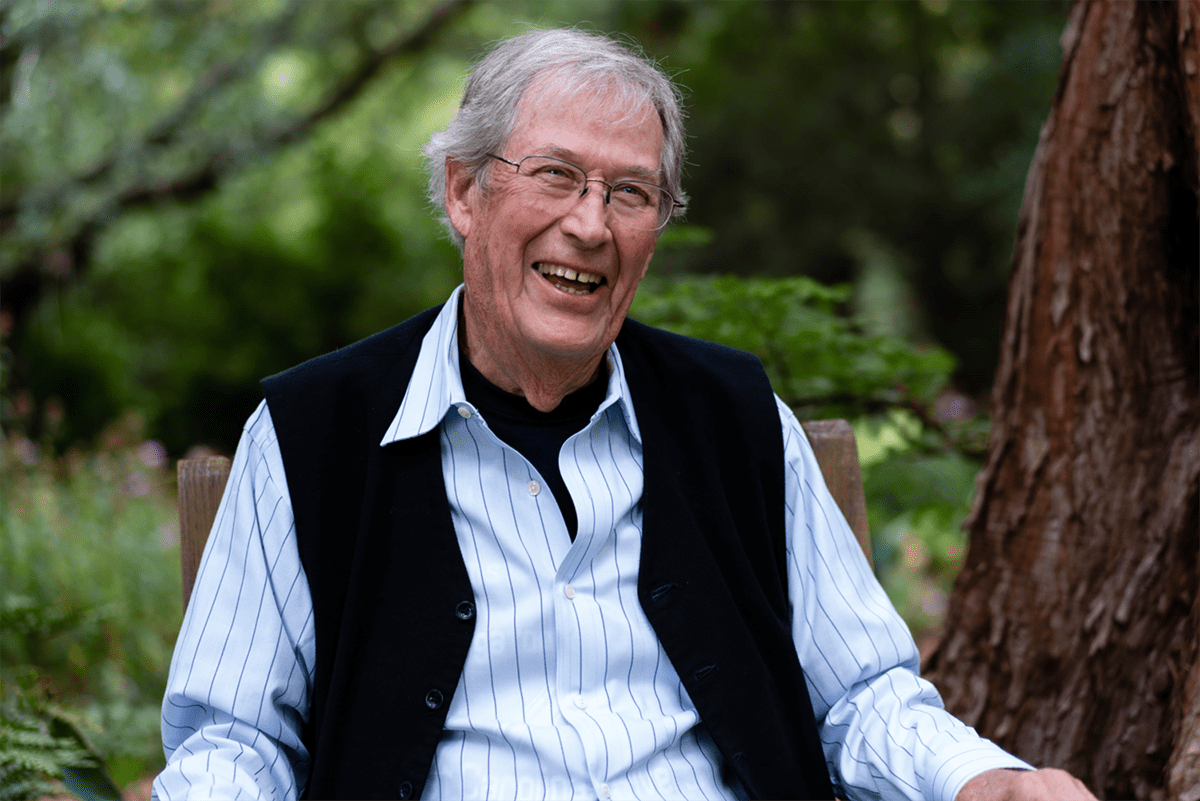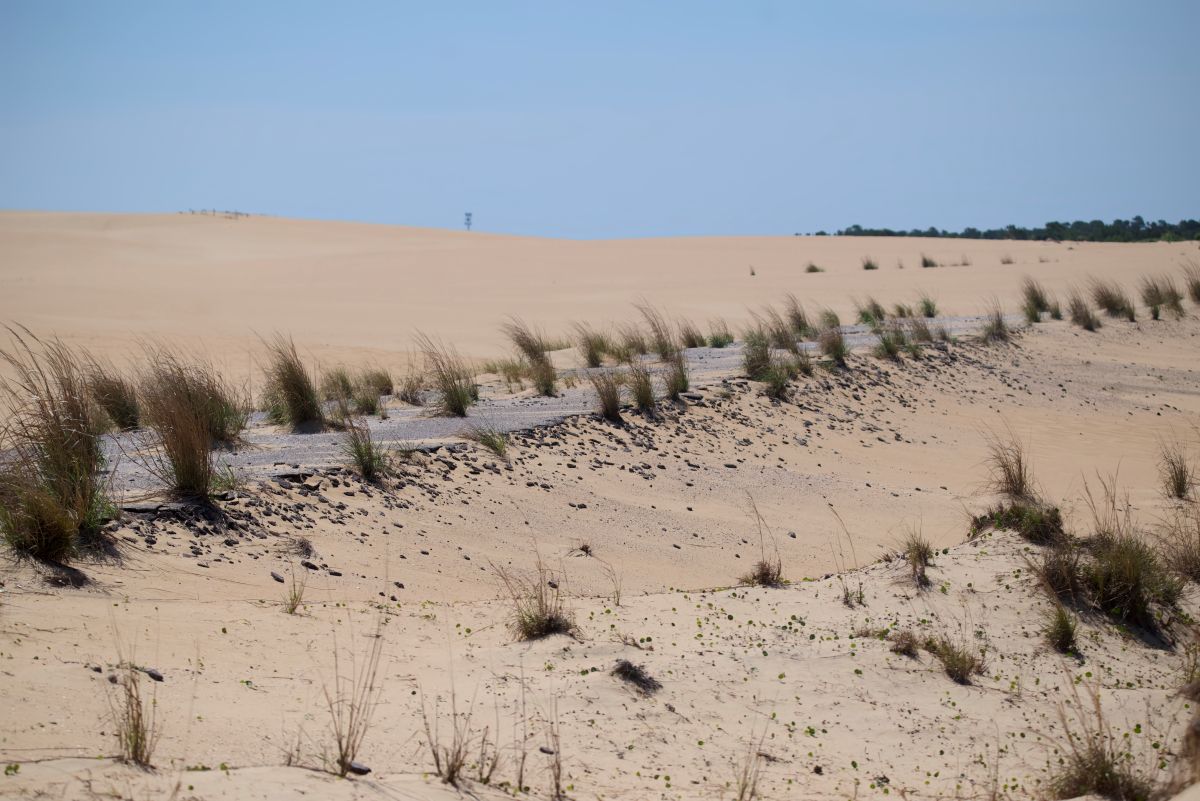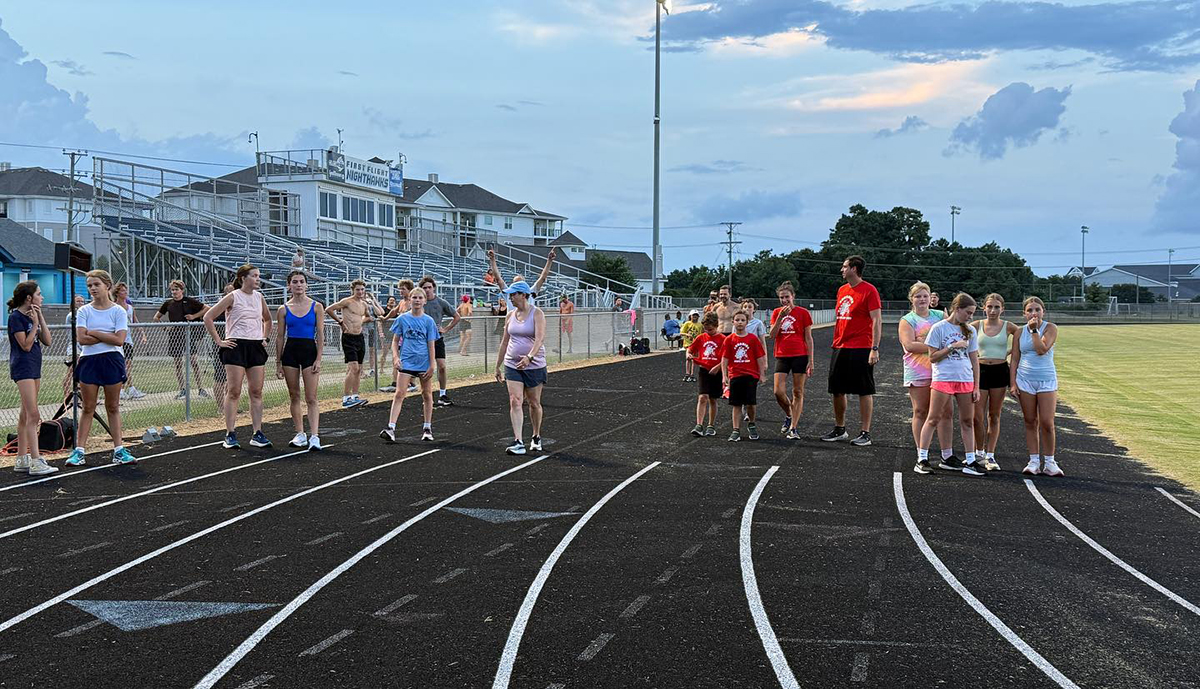
After being the connection between the mainland and Outer Banks for decades, pieces of the dismantled Herbert C. Bonner Bridge, which was replaced in 2019 2.8-mile Marc Basnight Bridge, are now being used for a different purpose.
The girders have been sent to N.C. State University in Raleigh to undergo stress testing at the college’s Constructed Facilities Lab. The goal is to learn how an aged bridge exposed to a half-century of extreme weather conditions can inform better bridge designs in the future, according to the North Carolina Department of Transportation, which is funding the project and facilitated the work to salvage the girders and test them.
Supporter Spotlight
“This is a very unique opportunity,” said Neil Mastin, who manages NCDOT’s Research and Development unit, in a statement. “It’s not often you get a bridge in that extreme environment for nearly 60 years that was intact enough that we can actually use it for testing.”
Researchers first subjected the girder to low-level cyclic loading in which force is applied, removed and reapplied repeatedly in a manner similar to the kinds of stresses a bridge takes on from passing vehicles. Then, the girder was subjected to monotonic loading until reaching peak load levels, or pressing on it continuously until it breaks, NCDOT officials said.
It took more than 200,000 pounds to break the bridge girder, or the weight of almost three tractor trailers pressing on the girder from one point. Sensors with cameras were used to observe how the beam responds to loads, how it moves and where cracks form when pressure is added to the girder.
”What we’re trying to really investigate is the amount of pre-stressing in this structure,” said Giorgio T. Proestos, an assistant professor at NC State who is leading the project. “Is it enough? Should there be more? Should there be less? And how does that pre-stressing change in 60 years? Based on the results of the experiment, there might be changes in the way things are done moving forward.”
NCDOT said it would publish the results after the project concludes. Mastin said the results will likely inform bridge design and building decisions nationally, not just in North Carolina.








